Nutritional and antioxidant value
Cherry lemons belong to the lemon family, and have the same chemical and nutritional groups as regular lemons. However, the difference from regular lemons is that cherry lemons have an attractive, fragrant pink-pink interior, thin skin, and contain a lot of essential oils.
Limes are a good source of vitamin C, which boosts the immune system, reduces inflammation, and promotes collagen production in the skin. They also contain fiber, which aids digestion, and provide lycopene, a compound that gives the flesh its pink color and has antioxidant properties.
In fact, the pink color of the inside of a lemon is due to its high concentration of lycopene. Lycopene is a natural antioxidant that gives many fruits and vegetables their red/pink color. Lycopene is also the compound that gives tomatoes their red color and grapefruit their pink color.
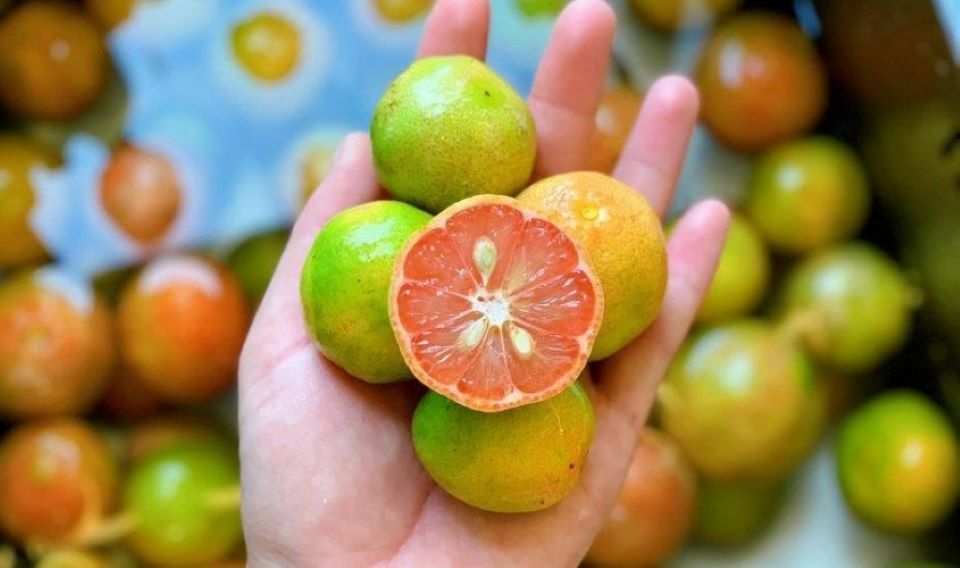
Helps detoxify and boost immunity
Cherry is a fruit that brings many "golden" benefits to human health, especially strengthening the body's immune system when the weather turns cold. Cherry soaked in honey is used by many people to have a nutritious, warm drink when the weather changes.
Lemons are rich in vitamin C and flavonoid antioxidants, 20 times more than regular fruits and vegetables, so they have the function of detoxifying, protecting blood vessels, and strengthening the immune system.
Modern medical research shows that honey contains a mixture of sugars and nutritional ingredients including minerals and vitamins that are good for health such as: vitamins B2, B3, B6, B9, C, phosphorus, iron, zinc, calcium, magnesium...
Honey contains antioxidants, antibacterials, anti-inflammatory properties and many health benefits, including detoxifying the body.
Some notes when soaking honey lemon
Use a glass jar to soak, wash it with boiling water, turn it upside down to dry completely. You can use a slat or a grill to press the lemon down.
Do not soak too full, all ingredients including honey after pouring in only about 2/3 of the jar to prevent the mixture from overflowing during the soaking process because the lemon releases water and gas.
Make sure the lemon is always submerged by inserting large rock sugar or bamboo strips, carefully opening them to submerge the lemon.
Honey-soaked lemons can be stored outside at room temperature and can be used by all family members.
Source: https://kinhtedothi.vn/bi-quyet-ngam-chanh-dao-voi-mat-ong-de-dam-bao-an-toan-thuc-pham.html





![[Photo] Prime Ministers of Vietnam and Thailand visit the Exhibition of traditional handicraft products](https://vphoto.vietnam.vn/thumb/1200x675/vietnam/resource/IMAGE/2025/5/15/6cfcd1c23b3e4a238b7fcf93c91a65dd)
![[Photo] National Assembly Chairman Tran Thanh Man meets with Thai Prime Minister Paetongtarn Shinawatra](https://vphoto.vietnam.vn/thumb/1200x675/vietnam/resource/IMAGE/2025/5/15/e71160b1572a457395f2816d84a18b45)

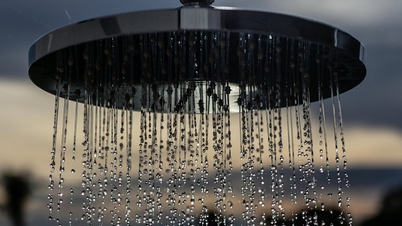


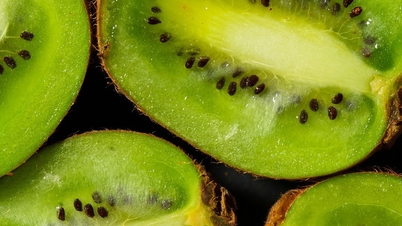

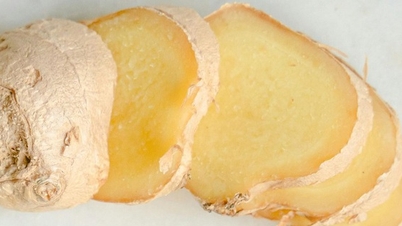
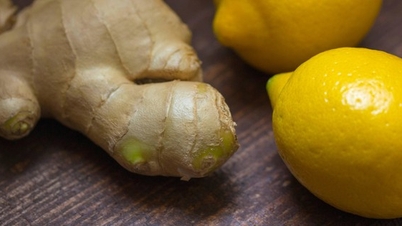
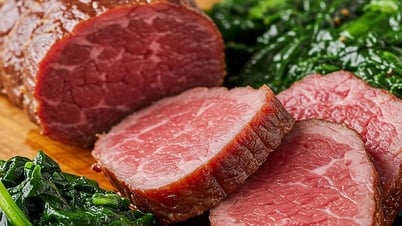






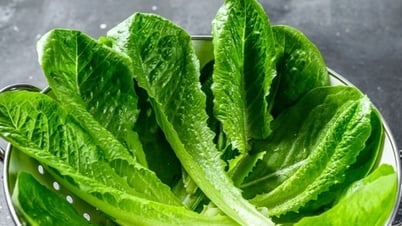





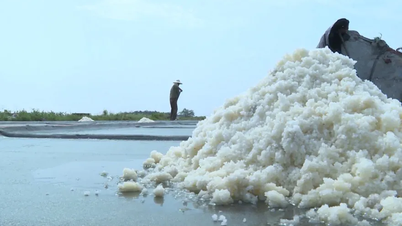





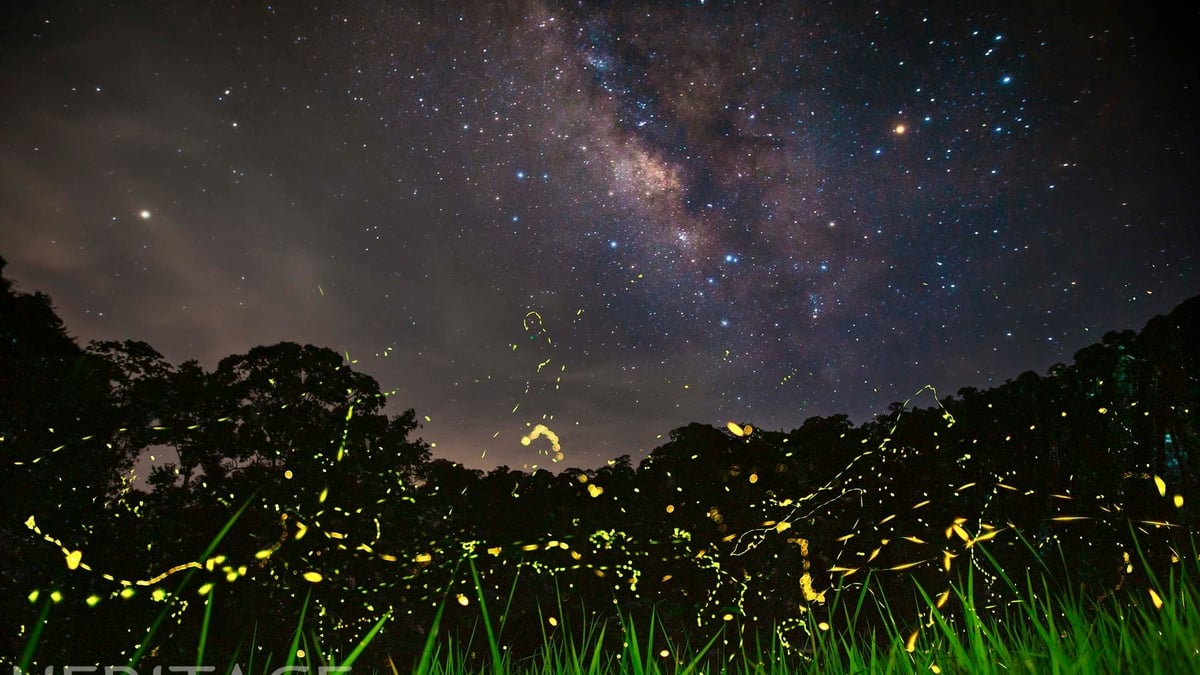

















































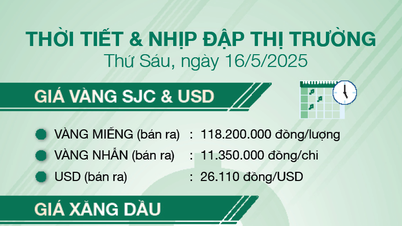












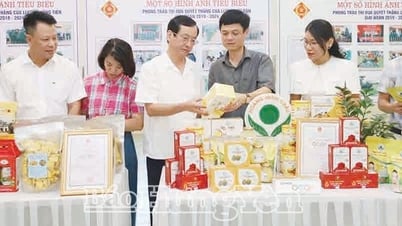

Comment (0)